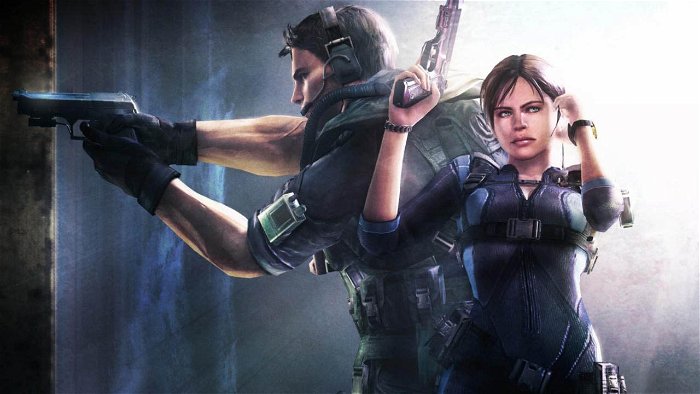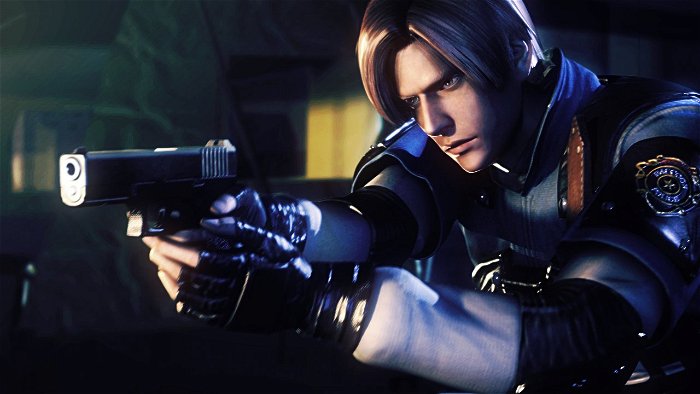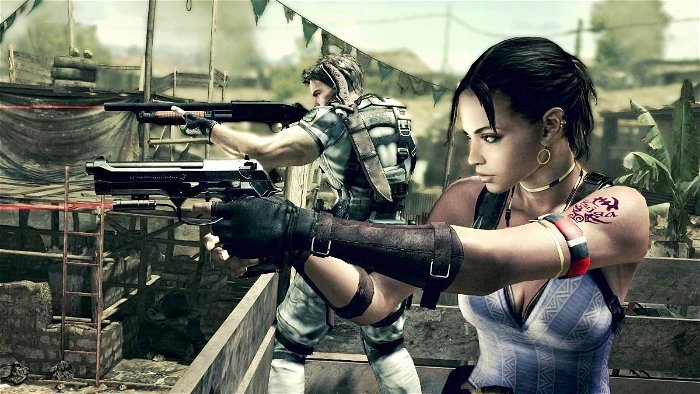People just love getting spooked, don’t they? Horror has been a mainstay in entertainment for hundreds of years, whether it’s Edgar Allan Poe’s eerie short stories or the 1980’s deluge of slasher flicks like Halloween and Friday the 13th. Videogames, which are comparatively a much younger medium, have also embraced horror in the 30 to 40 years that they’ve been in existence. One franchise that has arguably left the biggest impact on the horror genre, and one that continually innovates on it, is definitely Capcom’s Resident Evil. With the recent re-release of Resident Evil Zero HD, it’s a better time than ever to take a look back at the series that made zombies popular in games.
Resident Evil and the Rise of the PlayStation 1
Of course, as we all know, the first Resident Evil released for the PlayStation 1 back in 1996. Horror mastermind Shinji Mikami, the man also behind Resident Evil 4 and The Evil Within, directed the game. The game was a runaway success, selling millions of copies and garnering fantastic critical reception. It contains tank controls, forcing the player to press the up, down, left, and right buttons on the D pad to move in those directions. While the controls feel cumbersome today, they played a vital role in making the player constantly feel powerless against the game’s panoply of satisfyingly disgusting creatures. The pre-rendered backgrounds were, and still are, gorgeous and the game contains an unsettling, spooky atmosphere. Resident Evil’s main setting, the prodigious Spencer Mansion, is a well-designed level that contains a slew of clever and challenging puzzles to solve, and gruesome bosses to fight.
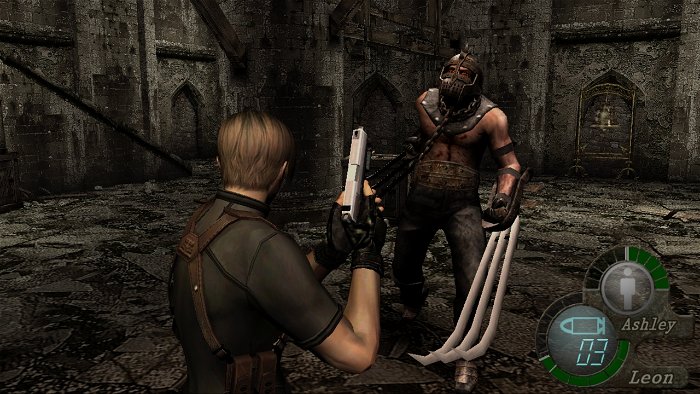
As the story goes, the game was originally envisioned as a remake to Capcom’s 1989 psychological horror role-playing game Sweet Home. Sweet Home is considered a forerunner of the survival horror genre, mainly because it introduced a set of gameplay mechanics that are used in most horror games, including Resident Evil. The item management system is a great example, as Sweet Home prohibited players from carrying an infinite amount of weapons, healing items, and other objects. However, Mikami was also inspired by 1992’s Alone in the Dark, which also features similar mechanics.
With the first Resident Evil’s incredible success, a sequel was quickly greenlit. Resident Evil 2 released two years later, in 1998, for the PlayStation. It features two new protagonists, rookie police officer Leon S. Kennedy and college student Claire Redfield, who is looking for her brother Chris Redfield (the star of the first game). RE2 is set two months after the mansion incident, and takes place in Raccoon City. The game mostly employs the same gameplay mechanics from the first game. Puzzle solving and exploration are the focus here, with gunplay relegated to the background. The new element that RE2 introduced, however, is the “Zapping System,” which provides the two playable characters with unique storylines and obstacles.
Plenty of fans believe RE2 to be far better than the first game, and only second to Resident Evil 4. But where does this leave 1999’s Resident Evil 3: Nemesis? Well, it’s also a beloved entry, but it’s just not as well liked as the two aforementioned games. Capcom did make quite a few changes with the game though. There’s a bigger emphasis on action-oriented gameplay, with returning hero Jill Valentine forced to combat an excessive amount of baddies. Jill is the only playable character, and the game takes place 24 hours before Resident Evil 2. The biggest addition is definitely the titular Nemesis; a hulking monster that continually chases Jill throughout the game. It’s near impossible to kill the guy, and he makes RE3 a very tense experience.
Capcom then started to quickly run out of ideas for the series. 2000 saw the release of the much-maligned Resident Evil Code: Veronica, which brought nothing new to the table other than frustrating puzzles and an awful story. 2002’s Resident Evil Zero, which is the latest RE game to get an HD port, shares the same fate as Code: Veronica. It plays exactly the same as the first three games, with the only major addition being the poorly designed buddy system. You can switch between the game’s two leads — S.T.A.R.S. rookie Rebecca Chambers and convict Billy Coen — on the fly. But this system results in too much time spent worrying about the character you’re not controlling. The A.I. often dies from making stupid decisions, which forces you to the “game over” screen even if you didn’t do anything wrong.
The New Resident Evil Generation
Resident Evil was in limbo for several years, until Shinji Mikami decided to reinvent the horror genre with Resident Evil 4. The game was a dramatic departure from previous entries in the series and most horror titles during that time. There’s no tank controls, pre-rendered backgrounds, or fixed camera angles. Instead, RE4 is an over-the-shoulder third-person shooter. The gameplay focuses on action and shootouts with large crowds of enemies. There are very few puzzles to solve as well. Oh, and there are no zombies to fight-at all.
Mikami wanted a change of pace, and so he decided to add in much quicker enemies called Los Ganados. You have to think on your feet, be on the move, and have great aim. Though RE4 did kickstart Resident Evil’s worst era of games (we’ll get to that soon) it is still highly regarded as one of the best horror games ever made. Despite the action-heavy approach, RE4 is still genuinely scary and tense. It deftly avoids feeling like a generic shooter.
Which unfortunately isn’t the case with 2009’s Resident Evil 5. Returning hero Chris Redfield, and his new partner Sheva Alomar, are in Kijuju, Africa doing battle with the same type of fast, deadly enemies found in RE4. RE5 plays very similarly to RE4, but it brings back everyone’s favorite buddy system from RE Zero. RE5 is essentially a co-op game, as Chris is always accompanied by Sheva. This negatively affects the game’s ability to frighten its players, instead it throws wave after wave of enemies at you constantly. It even has a few on-rail missions involving a bunch of machine guns and generic monsters. Plus, Chris actually punches a huge boulder at the end of the game to help kill returning villain Albert Wesker.
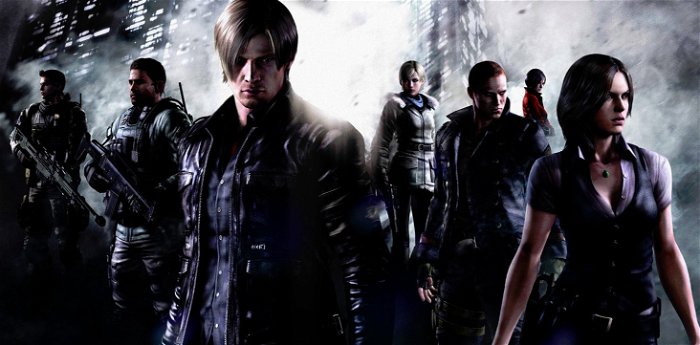
2012’s Resident Evil 6 continued this action trend, only this time it has an even more confusing and dumb story for players to “follow.” You can play as four main characters: mercenary Jack Muller, and returning heroes Chris Redfield, Leon S. Kennedy, and Ada Wong. They each have their own separate 6-hour campaigns that are slightly interwoven with one another. It’s also a third-person over-the-shoulder shooter, but this time you can move your character around while aiming instead of just standing still. However, the game’s a colossal mess with an awful plot, humdrum level designs, and unbalanced gameplay. The title performed well commercially, as it has become Capcom’s 2nd best-selling game. But, with the company’s acknowledgement, it’s a worrying sign that the franchise has definitely jumped the shark.
Capcom has since announced that it is entirely remaking Resident Evil 2 as per fan requests. Resident Evil is a classic example of a franchise gradually losing grasp of what made it so special in the first place. But hopefully, it has a better and brighter future ahead of it.

